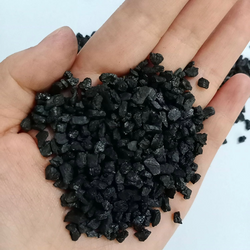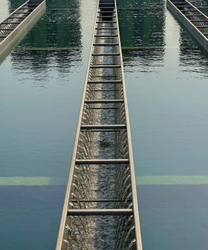
1. Activated sludge method.Municipal domestic sewage is mostly treated by the activated sludge method, which is the most widely used biological treatment process in the world. It has the advantages of high treatment capacity and good effluent quality. This method mainly consists of an aeration tank,

Activated carbon, known for its exceptional adsorption capabilities, is a cornerstone in the field of water treatment, effectively eliminating a wide range of contaminants and improving water quality.

Chlorine is a very important substance in the process of tap water treatment. It has a very good effect on disinfection and improvement of water quality. However, the pollution caused by excessive use and residual substances cannot be ignored. With the improvement of living standards, the awareness

Water is an essential resource for our survival, but unfortunately, it is not always as clean and pure as we would like it to be. Contaminants such as chemicals, pesticides, and heavy metals can find their way into our water sources, posing a serious threat to our health. Thankfully, there is a rema

Coal-based activated carbon for water purification

Activated carbon is a versatile material widely used in various industries for its exceptional adsorption properties. Among the different types of activated carbon available, coal-based impregnated activated carbon stands out for its unique characteristics and numerous applications.